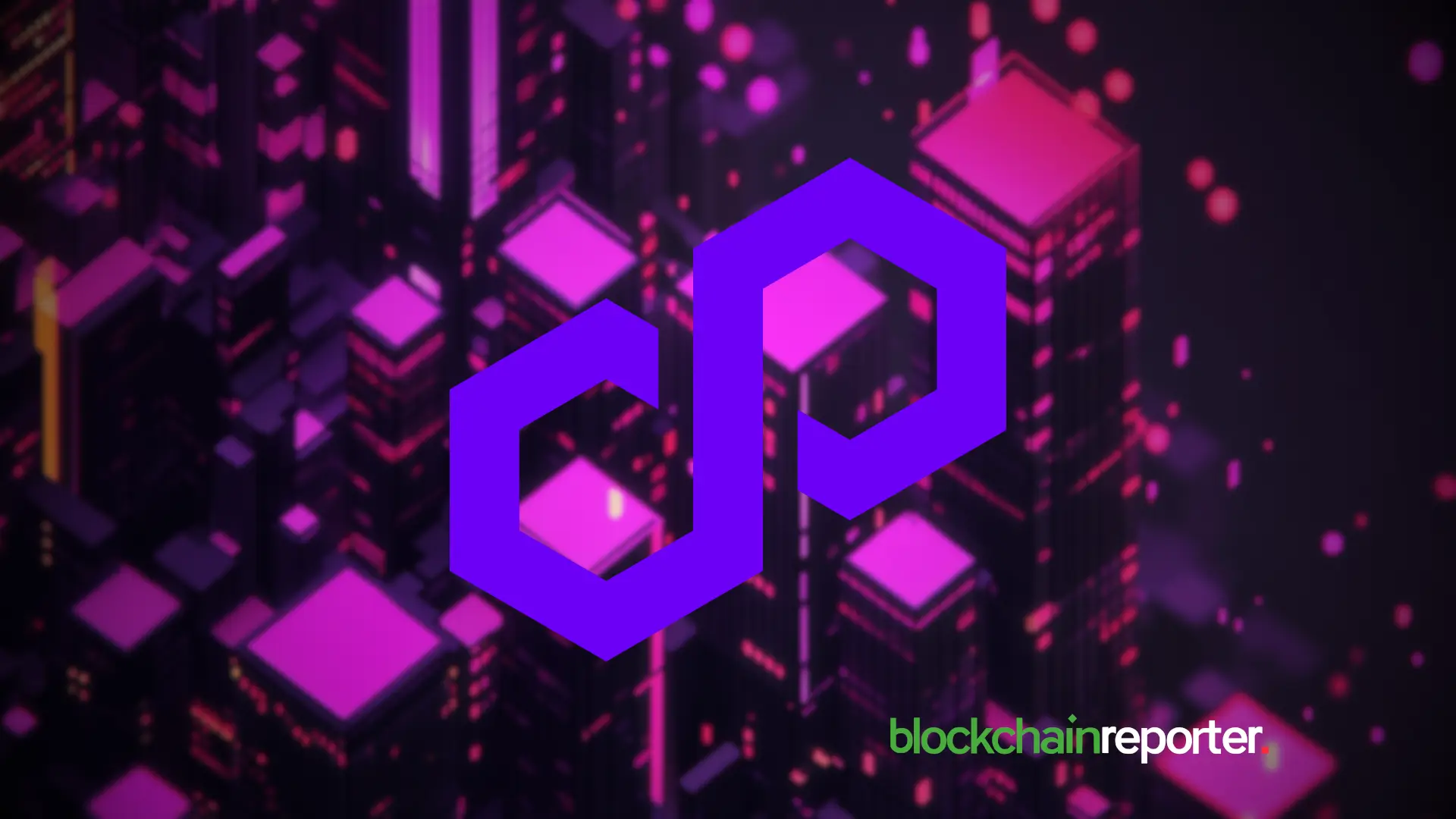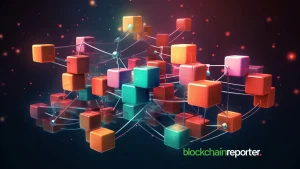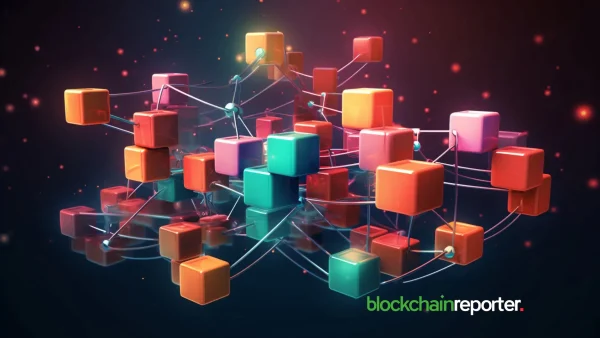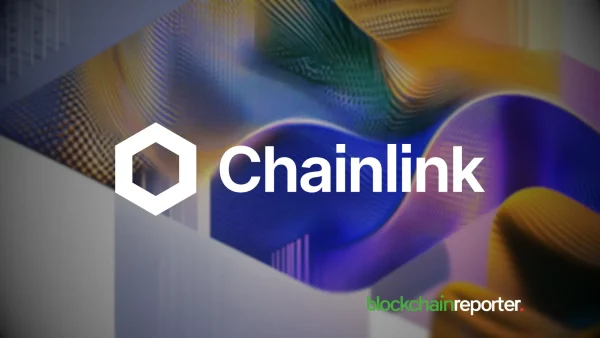
Polygon (MATIC)
At this point, it is prudent to expect that the future will involve multi-chain. Instead of a single blockchain amassing absolute power, it’s more possible that there will be a plethora of interconnected networks, all of which will have their own distinct qualities, trust assumptions, performance levels, and protection of personal information.
By providing a framework for the creation of scaling solutions that are compatible with Ethereum, Polygon has the ambition of bringing that future one step closer to being a reality. Within the Bitcoin and cryptocurrency communities, there has been growing interest in the company’s Proof of Stake sidechain. So, what is Polygon chain and Ethereum Polygon 23.6B Matic? Let’s take a more in-depth look.
Introduction
The much-anticipated Ethereum scaling solutions roadmap is gradually beginning to take shape, and the Polygon project is one of the efforts that are going towards making this happen. You may well have heard about Cosmos and its goal for an “internet of blockchains” through the Inter-Blockchain Communication Protocol (IBC).
This protocol allows messages to be transmitted between multiple blockchains as long as each blockchain has implemented the protocol. The premise behind the platform is somewhat comparable, but the company has adapted this idea such that it works exclusively within the Ethereum ecosystem.
The concept is that developers can quickly deploy scaling solutions compatible with Ethereum or even independent blockchains. As the project’s scope expanded from a single Layer 2 (L2) solution to a network of networks, the name was changed from Matic Network to Polygon.
What is Polygon (MATIC)?
If you are wondering what is Polygon chain, the answer is simple. Polygon is a framework for the creation of scaling solutions and blockchain networks that are compatible with Ethereum. It is a protocol rather than a single solution. Because of this, one of the primary benefits that the ecosystem provides is the Polygon Software Development Kit (SDK). The Polygon SDK gives developers the ability to design networks that are compatible with Ethereum.
Despite this, it’s possible that you’re familiar with the Polygon Network, which is a Proof of Stake (PoS) sidechain one of the very first live products in the Polygon ecosystem. In essence, a sidechain is a parallel chain that is linked to another blockchain. Sidechains have the potential to provide a number of advantages, the most notable of which are enhanced transaction throughput and lower fees.
In comparison to Ethereum, the Polygon Network is known for its lightning-fast transaction speeds and extremely low transaction fees. If you’ve ever used it, you’re already aware of these benefits. Nonetheless, there are trade-offs associated with this performance. These will be discussed later.
Since Polygon is compatible with the Ethereum Virtual Machine (EVM), it will be relatively simple to convert over pre-existing applications to use it. This can offer users an experience comparable to Ethereum, but with the aforementioned high throughput and cheap fees. However, what can you do as a user? Apparently, identical capabilities to Ethereum, but significantly cheaper and faster.
A number of the most well-known decentralized applications (dApps) for DeFi have already been implemented on it, including Aave, 1inch, Curve, and Sushi. There are also certain native applications, such as QuickSwap and Slingshot, that do not exist elsewhere. The creators of the platform are Jaynti Kanani, Sandeep Nailwal, Anurag Arjun, and Mihail Bjelic.
How does Polygon work?
Now since you have discovered what is Polygon chain, let’s see how Polygon works. The Polygon framework provides support for the two primary kinds of Ethereum-compatible networks, which are known as secured chains and stand-alone chains. A rollup is an example of a secured chain, whereas a sidechain is an example of a stand-alone chain. Both types of chains can be used interchangeably.
Secured chains rely on the foundation of the chain to which they are joined; hence, they are not required to implement their own security model. In contrast, independent chains are responsible for their own security. This indicates that secured chains tend to offer a higher level of protection, whereas stand-alone chains offer greater flexibility to meet specific requirements.
What is the Polygon Network, then? It is secured by its own group of validators (validator pool), and it must periodically submit checkpoints to Ethereum. Some claim that sidechains are not a “pure” Layer 2 solution for this reason. They are responsible for their own security rather than relying on Ethereum. This can be an important distinction, and we’ll address it in greater depth when discussing rollups.
The Polygon platform plans to in the near future offer support for a wider range of scaling solutions, such as zero-knowledge (ZK) rollups, optimistic rollups, and Validum chains. When more of these scaling solutions become available, developers will have a greater number of tools at their disposal with which to create unique apps, solutions, and products. In addition, we anticipate that all of these will be interoperable with existing Ethereum applications and wallets, such as MetaMask.
MATIC token use cases
The name of the MATIC token was not changed as part of the rebranding. It can be utilized for the payment of gas fees on the network as well as for participation in governance. If you want to stake your MATIC tokens, you can do so on Binance Earn or by using the Matic Web Wallet that was developed by the Polygon team. Both of these options are available to users. Understanding the use cases will also help you understand what is Polygon chain.
Polygon Bridge
Your coins can be transferred from one blockchain network to the Polygon sidechain using the Polygon Bridge, which is the quickest and most convenient method. Keep in mind that you will still be responsible for paying mainnet transaction fees even if the bridging transaction will take place on the mainnet.
Nevertheless, after it is finished, you will be able to take advantage of the low costs and quick transactions that the platform has to offer. If that isn’t an option for you, several centralized exchanges (CEX) also offer direct withdrawals to the Polygon Network.
Sidechains vs. rollups
Regarding the question of whether or not sidechains may be considered a Layer 2 solution in the same manner as a rollup, there is no broad agreement among experts. This distinction is essential to comprehend in order to successfully traverse the multi-chain world and think critically about the various options and trade-offs.
Each one of them comes with its own unique set of trust assumptions, security measures, performance characteristics, and user and developer experiences. Rollups, which are secured chains, are one of the most promising methods for scaling Layer 2 solutions because they get a significant portion of their security from Ethereum.
This is not the case with other alternatives, such as the Polygon sidechain. That is not to imply that it is not secure, but hostile actors might (at least in principle) seize control of the network if they colluded. Despite the fact that we haven’t received even the slightest trace of this purpose, it merits highlighting.
The use of a sidechain necessitates trust, not just for the network validators but also for the bridge between the two chains. It is also important to consider various trade-offs. When utilizing the ETH mainnet, you will incur higher transaction fees and longer transaction delays, but you may also rely on the most robust security assurances and the least level of confidence necessary from any side.
When you employ a rollup, you will get faster transaction speeds, lower transaction costs, and equivalent levels of security. When you use a sidechain, the fees you pay will be a fraction of what you’d spend even on a rollup; nevertheless, the level of security you enjoy will be reduced as a result.
So, one of these options is preferable then? There is no easy solution. Each one of them is capable of being beneficial for certain use cases, and because of how they complement one another, they can together form a very advantageous ecosystem.
For instance, a social media reputation system necessitates a tremendous quantity of transaction throughput, and ultra-low prices, but possibly not the highest level of security assurances because it is not a key piece of infrastructure. In this situation, sacrificing protection for performance may be justified.
On the other hand, holding the treasury of a nation-state on a blockchain requires the maximum possible amount of security, and it is worth paying for that, especially if there is no requirement for transactions to be completed in the blink of an eye.
The developers and project teams are always conducting experiments and researching how each component might be integrated into the larger picture. It is important to consider scalability because there may be scaling solutions for a wide variety of use cases that are applicable to a number of different sectors.
Plonky2
The goal of Polygon Zero is straightforward: to extend Ethereum to one billion users with the use of zero-knowledge proofs while maintaining the cryptocurrency’s decentralization and security. In order to accomplish this goal, you will need evidence mechanisms that are both quick and effective.
The platform made the announcement of Plonky2, a significant advance in zero-knowledge cryptography, in January of 2022. Plonky2 is the most recent development in Polygon’s continued commitment to constructing the future of Ethereum, and the network is pleased to contribute its work to the Ethereum community.
Plonky2 is a recursive SNARK that is 100 times quicker than available options and is Ethereum-native. It integrates PLONK and FRI for the finest of STARKs, with rapid proofs and no dependent setup, and the finest of SNARKs, with recursive support and low Ethereum verification cost.
Closing thoughts
Describing what is Polygon chain in layman’s terms makes everything simple and easy. It is a scalable solution framework that is compatible with Ethereum and may be used to build blockchain scaling solutions. Polygon Network is a Proof of Stake (PoS) sidechain that has seen a reasonable amount of acceptance as a result of its lightning-fast transaction times, minimal transaction fees, and compatibility with EVM.
The market cap of Ethereum Polygon 23.6B Matic is also growing. Even during the crypto winter, it has remained steady thanks to the platform’s rising use cases. It plans to expand its portfolio of scalability solutions in the near future. These solutions, which may include ZK rollups, optimistic rollups, and stand-alone blockchains, are expected to contribute to the development of a Layer 2 ecosystem for Ethereum that is more active and linked.
READ MORE:
Microsoft, Polygon, Coin DCX, and Others Lead $20M Funding of Web3 Warehousing Platform
Polygon-Based Blockchain Game Venue ‘LUXON’ Earns $10.8M and Affiliation with LINE Games
Polygon Strategizes to Spread Its Cumulative Employees by 40% in 2022
Ankr Announces Partnership with Polygon for Optimizing the Web3 Development Experience
Catheon Gaming Declares a Collaboration with Polygon Studios to Advance Blockchain-Based Gaming
Frequently Asked Questions
What is Polygon (MATIC)?
Polygon is a framework and protocol for building Ethereum-compatible blockchain networks and scaling solutions. Initially known as the Matic Network, it includes a Proof of Stake (PoS) sidechain called the Polygon Network, which offers faster and cheaper transactions than Ethereum’s mainnet.
How does Polygon work with Ethereum?
Polygon operates as a sidechain to Ethereum, meaning it runs in parallel and interacts with the Ethereum mainnet. It supports both stand-alone chains (like its own PoS chain) and secured chains (like rollups) that rely on Ethereum’s security.
What is the MATIC token used for?
MATIC is the native token of the Polygon ecosystem. It’s used to pay transaction (gas) fees, participate in governance, and for staking on the Polygon Network to help validate transactions and secure the chain.
What are the benefits of using Polygon?
Polygon offers faster transactions and significantly lower fees compared to Ethereum. It's EVM-compatible, which means developers can easily port Ethereum-based apps. Popular DeFi platforms like Aave and SushiSwap are already integrated with Polygon.
What makes Polygon different from other scaling solutions?
Polygon is flexible and supports multiple types of scaling solutions, including ZK rollups, optimistic rollups, and standalone chains. It aims to create an interconnected multi-chain ecosystem while maintaining compatibility with Ethereum tools and wallets like MetaMask.









